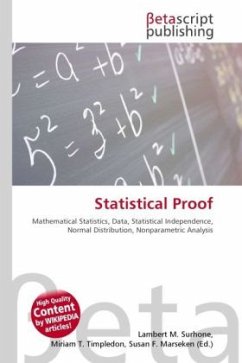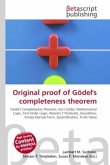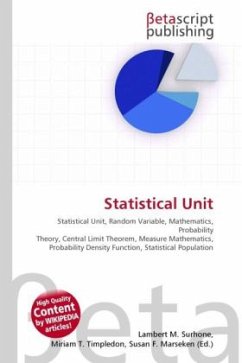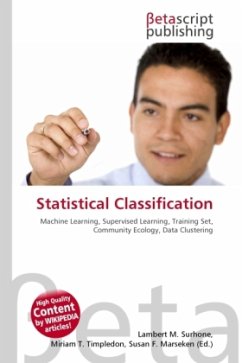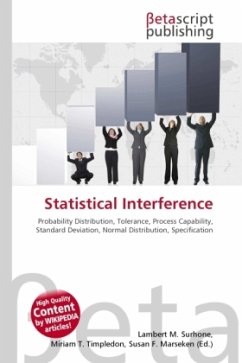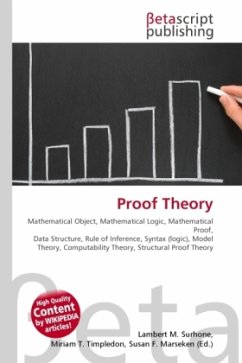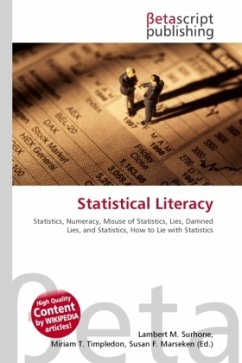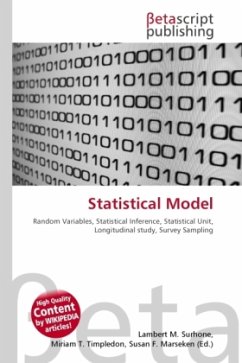High Quality Content by WIKIPEDIA articles! Data analysis and statistics When mathematical statistics is used to provide a mathematical proof of a proposition regarding the probability of data under specified assumptions and hypotheses, this is a statistical proof . Examples of the assumptions are that the data are independent and have an underlying distribution that is a normal distribution, or the assumptions of a nonparametric analysis. In a typical statistical test, the ratio of probabilities of an event occurring under each of two hypotheses (the likelihood ratio) is evaluated, and if the likelihood ratio is "sufficiently large", it is asserted that there is statistical proof of one hypothesis. Since the assumptions of mathematical statistics themselves require further justification, and the justification is often uncertain or merely probable in an un-quantified way, the resulting concluded probability statement is no longer certain, as in the medical, natural, and social sciences. In that case, the term "statistical proof" is still sometimes used to refer to the outcome of a statistical test.
Bitte wählen Sie Ihr Anliegen aus.
Rechnungen
Retourenschein anfordern
Bestellstatus
Storno

